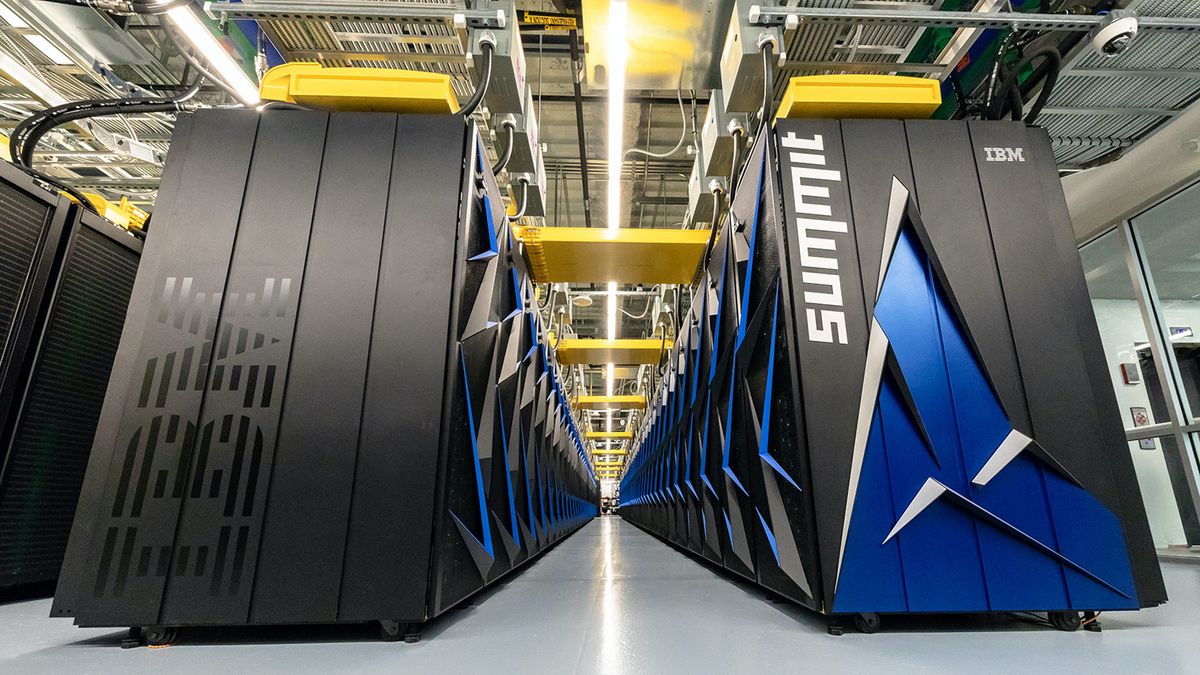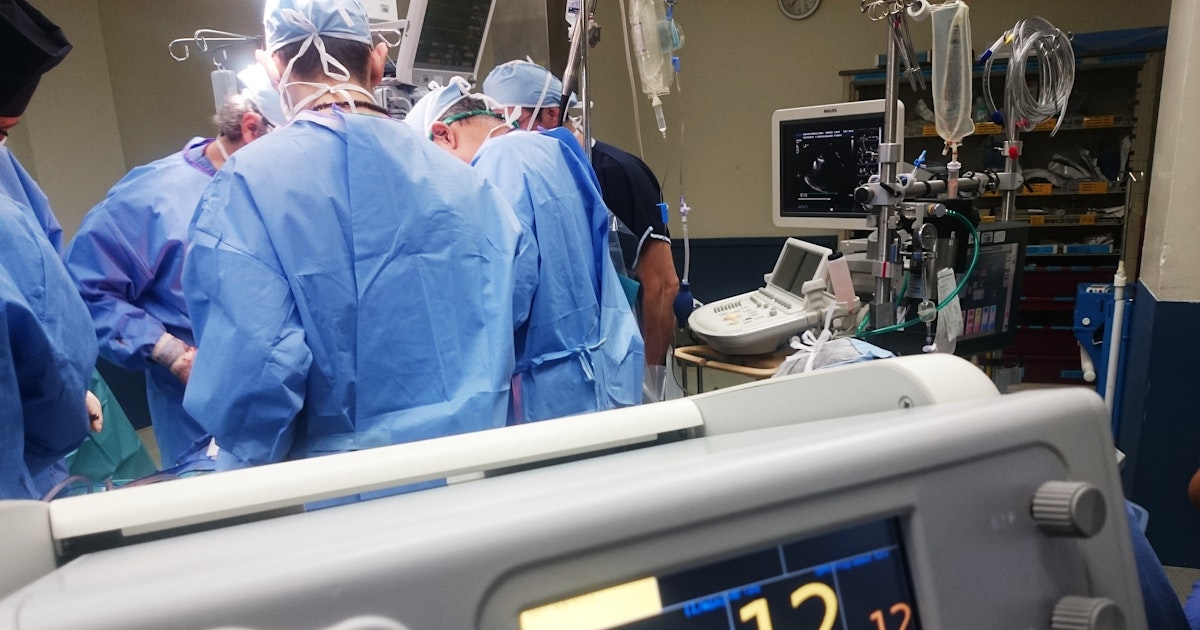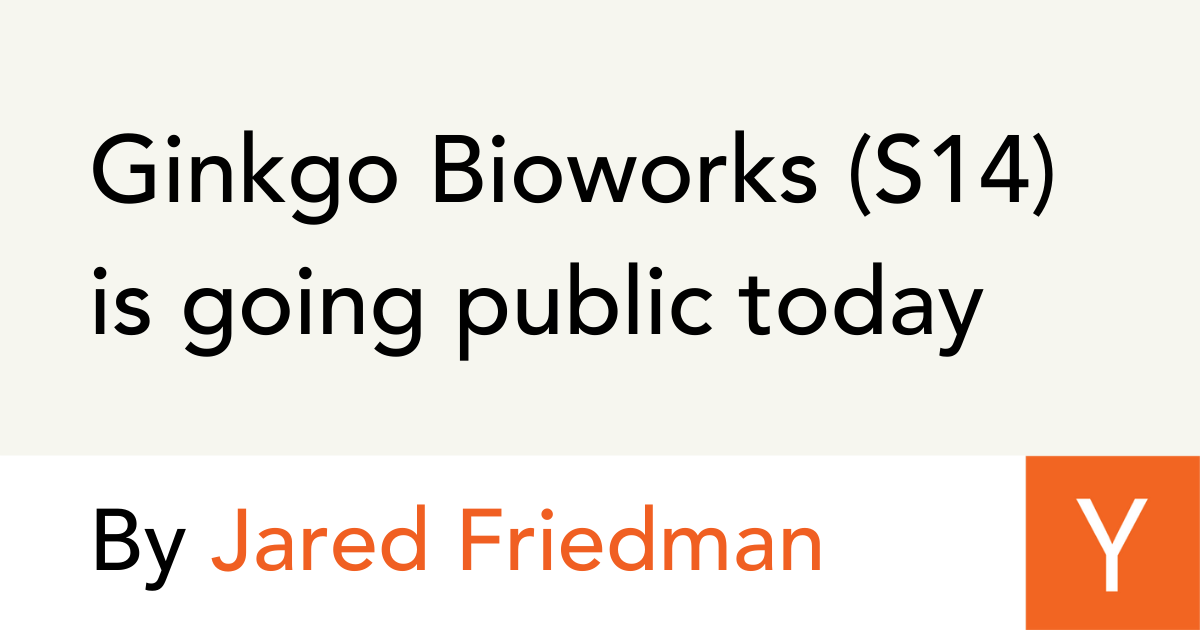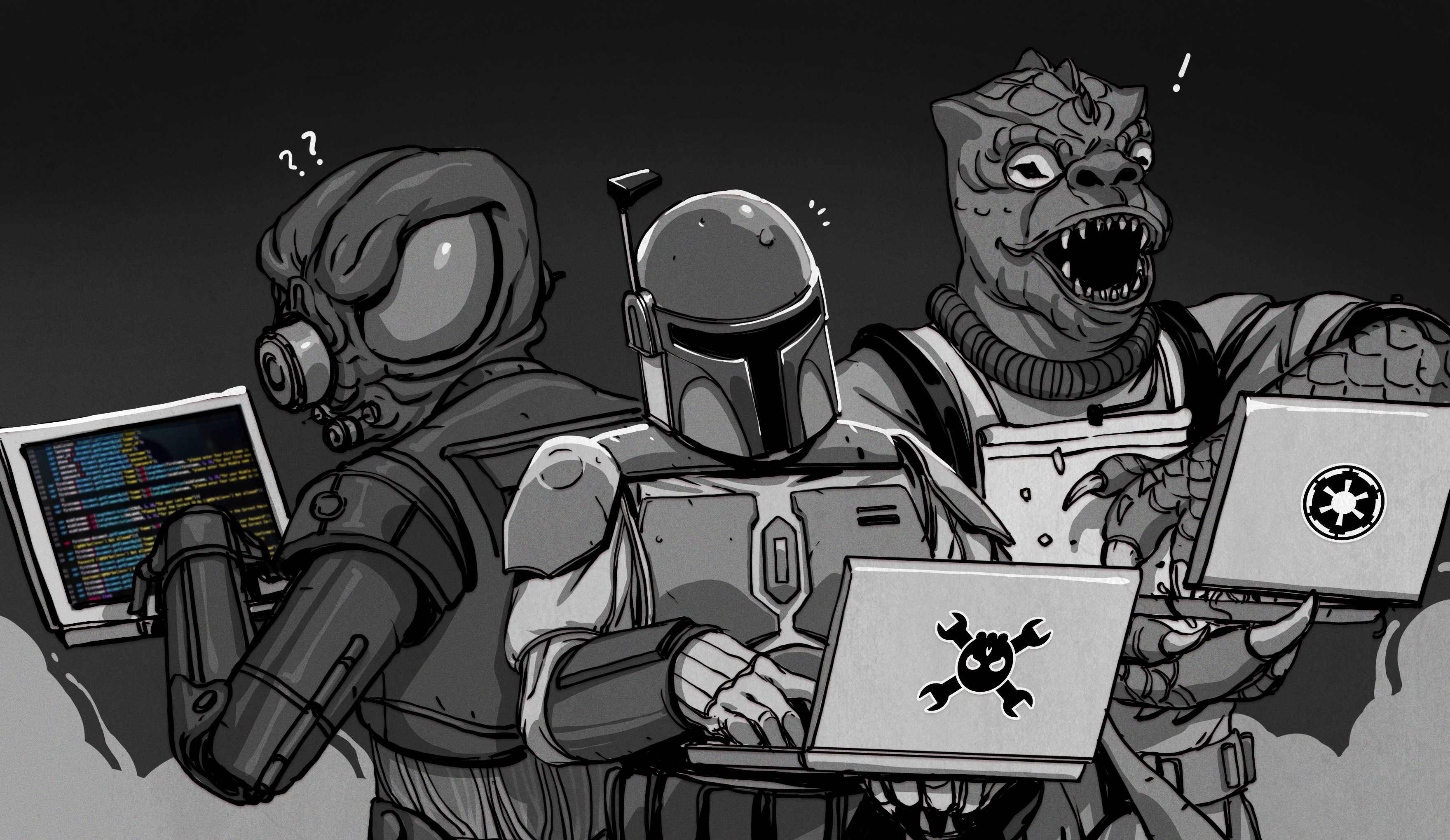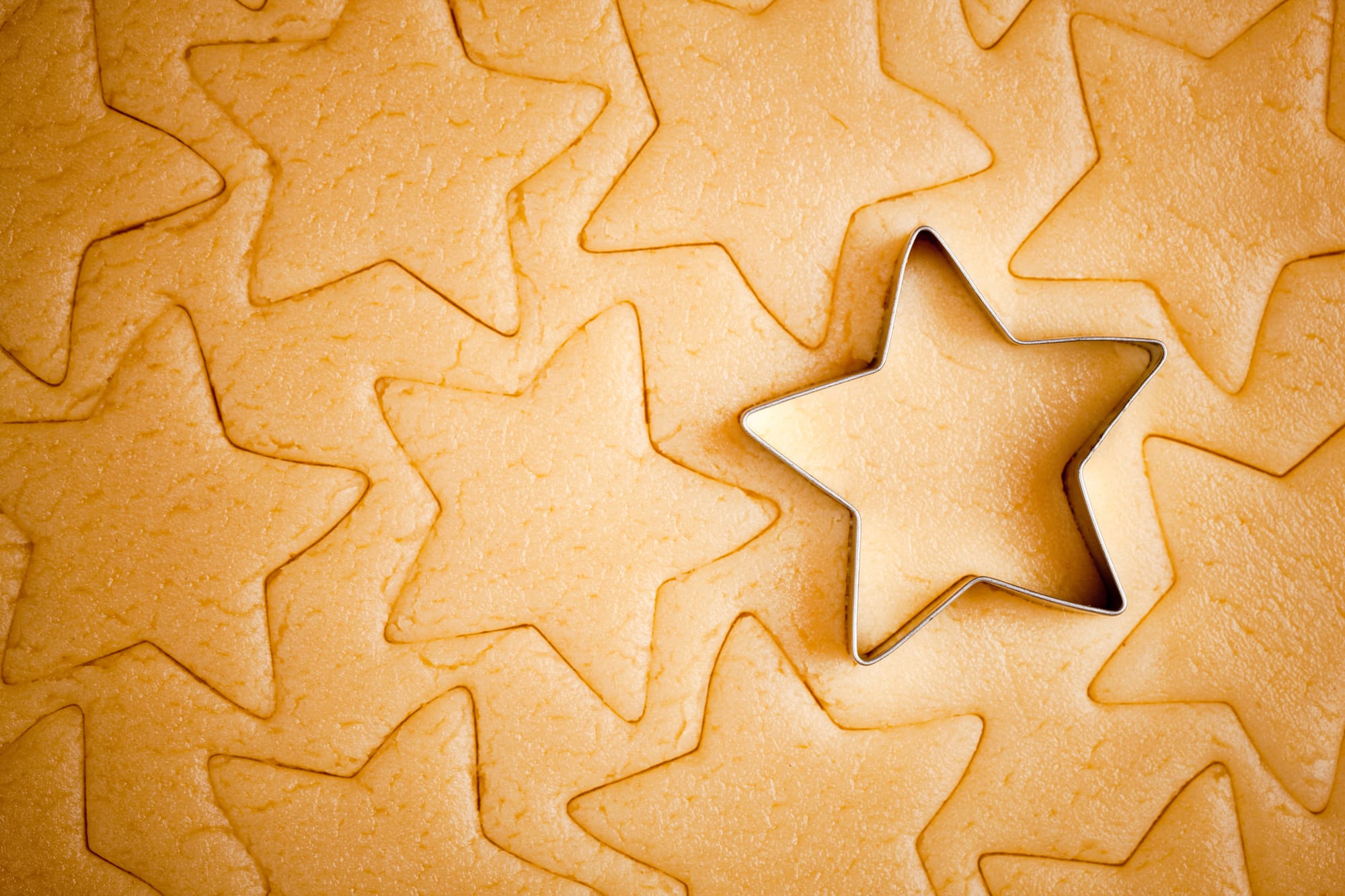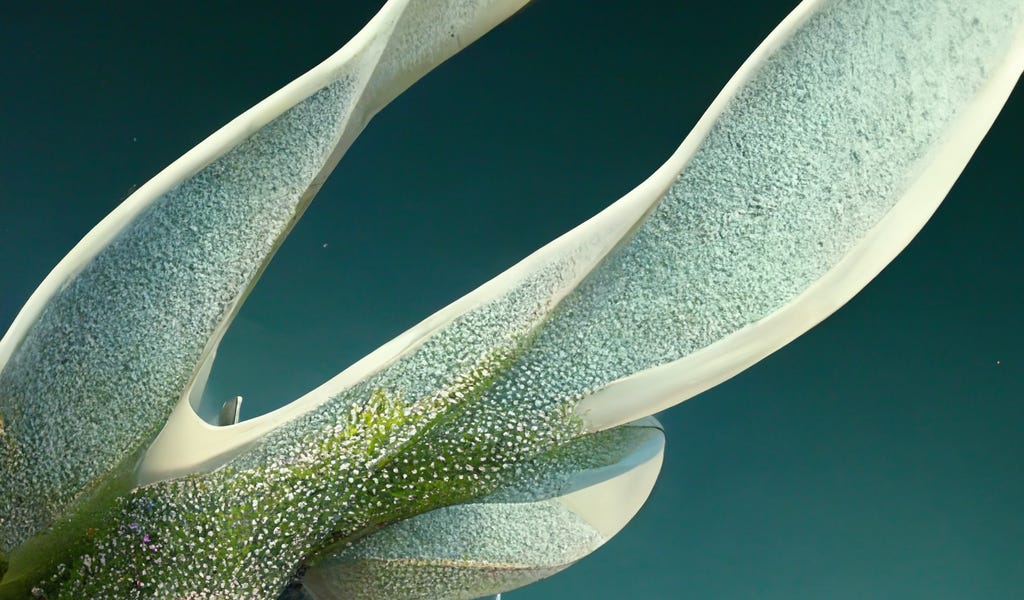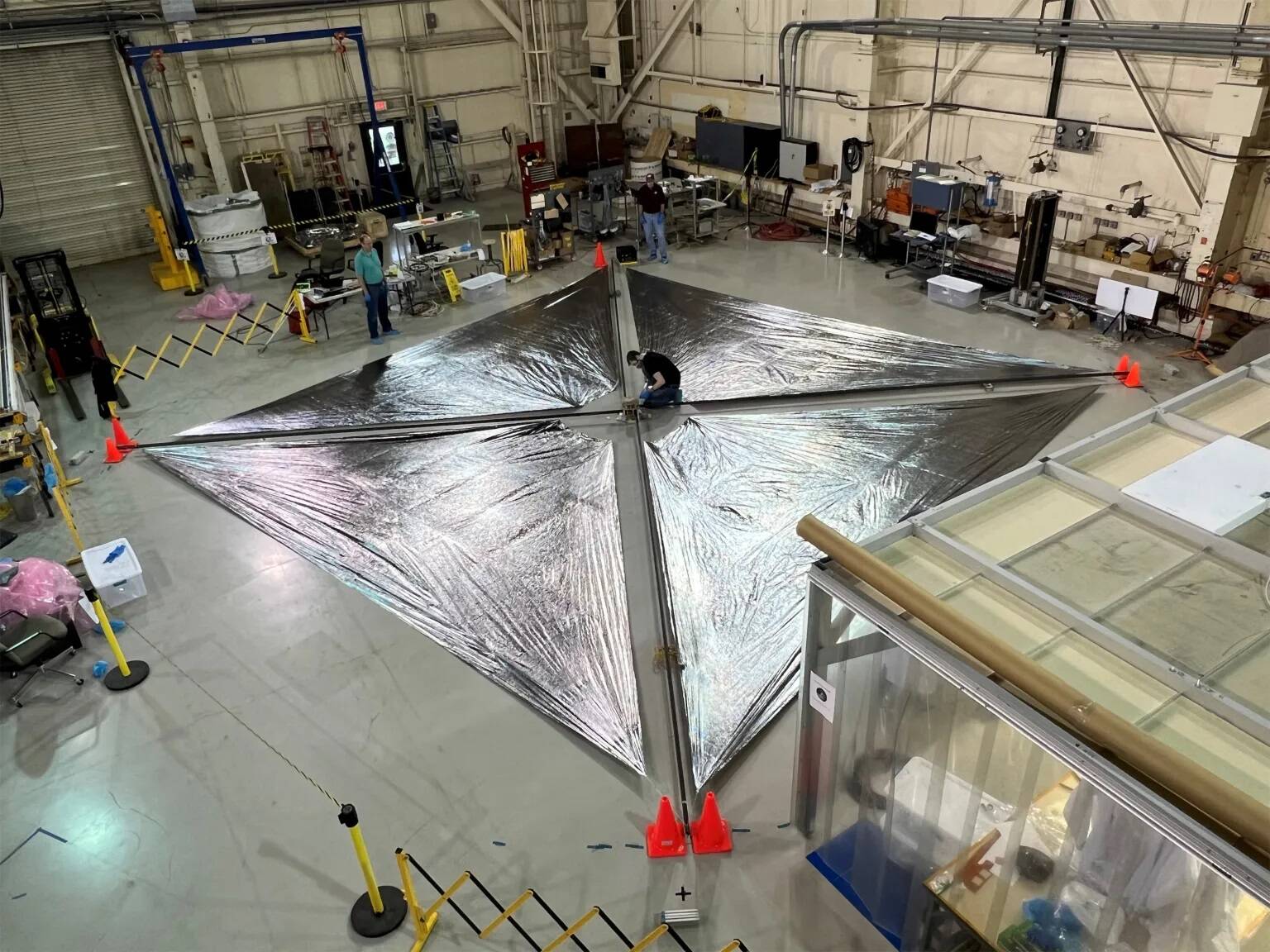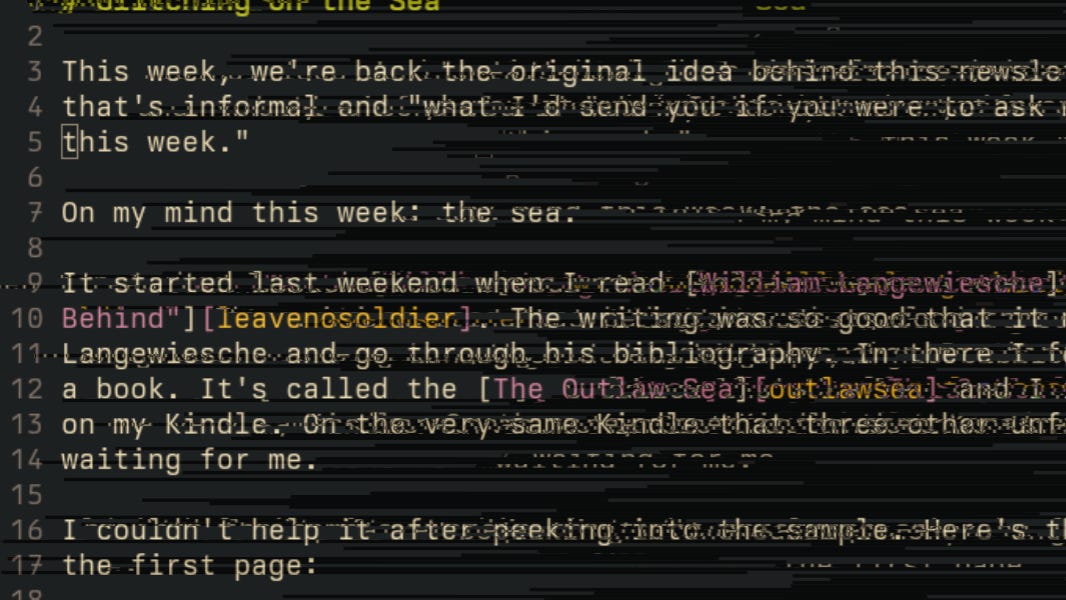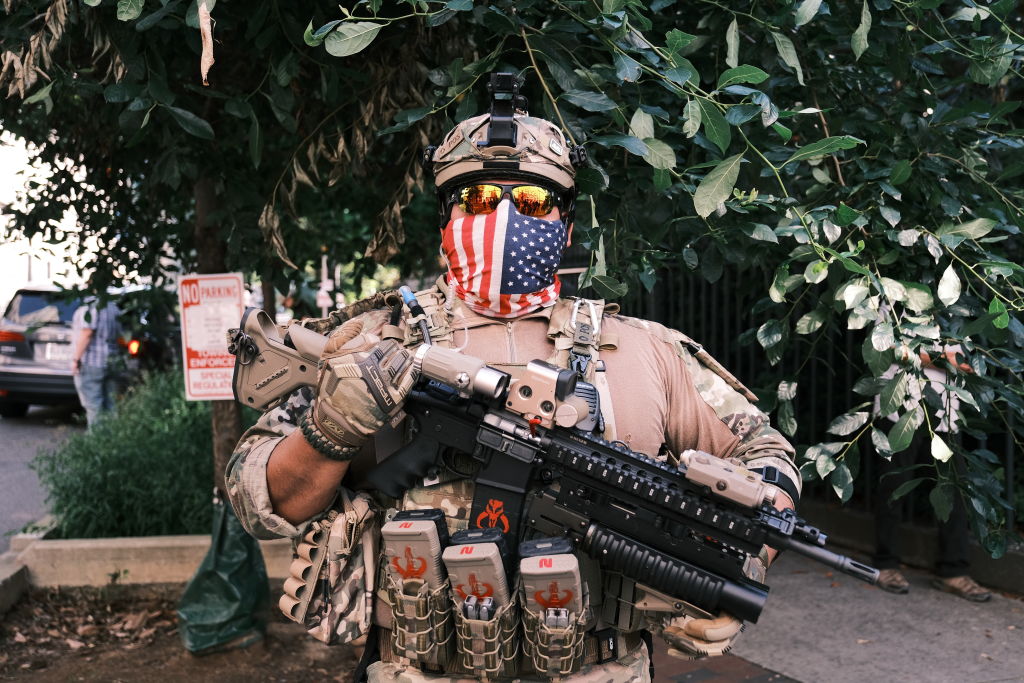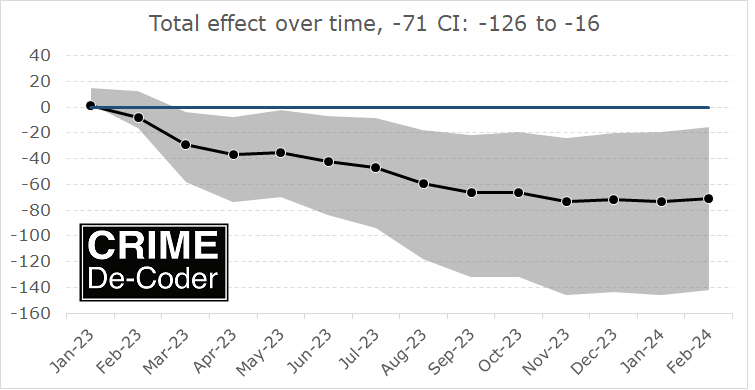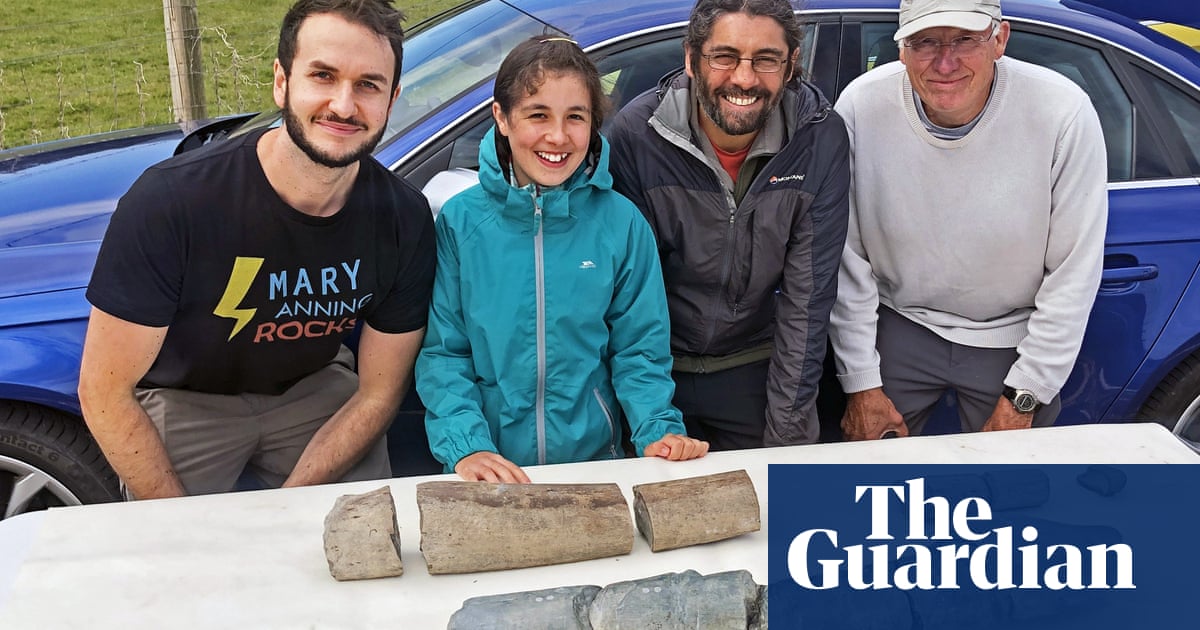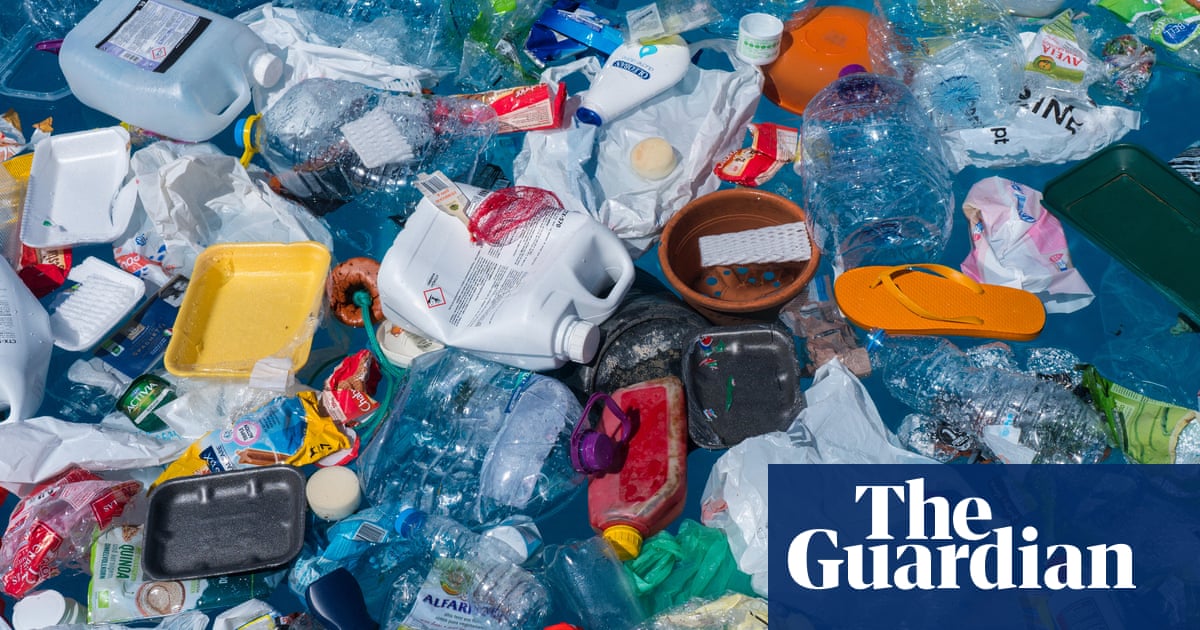
Welcome to the ‘plastisphere’: the synthetic ecosystem evolving at sea
Ocean plastic has created a unique home for specialised organisms, from animals that travel on it to bacteria that ‘eat’ it
Plastic bottles dominate waste in the ocean, with an estimated 1m of them reaching the sea every minute. The biggest culprit is polyethylene terephthalate (Pet) bottles.
Last month, a study found two bacteria capable of breaking down Pet – or, as the headlines put it, “eating plastic”. Known as Thioclava sp. BHET1 and Bacillus sp. BHET2, the bacteria were isolated in a laboratory – but they were discovered in the ocean.
The bacteria are the latest example of new organisms that appear to be growing in a unique environment: the vast amounts of plastic at sea.
Like the atmosphere, magnetosphere and hydrosphere, the plastisphere is a region. But it is also an ecosystem, like the Siberian steppe or coral reefs – a plasticised marine environment. The best-known concentration of seaborne plastic waste is the Great Pacific garbage patch, a sort of plastic soup spread over an area roughly twice the size of France, but plastic is everywhere.
First described in a 2013 study to refer to a collective of plastic-colonising organisms, including bacteria and fungi, the term has since expanded. It now loosely encompasses larger organisms, from crabs to jellyfish, which raft across oceans on marine plastics.
